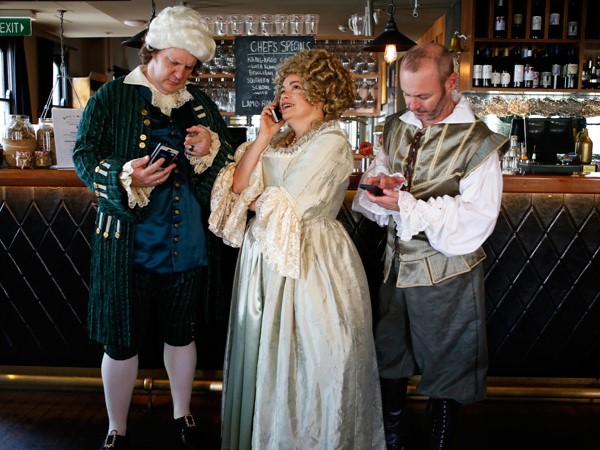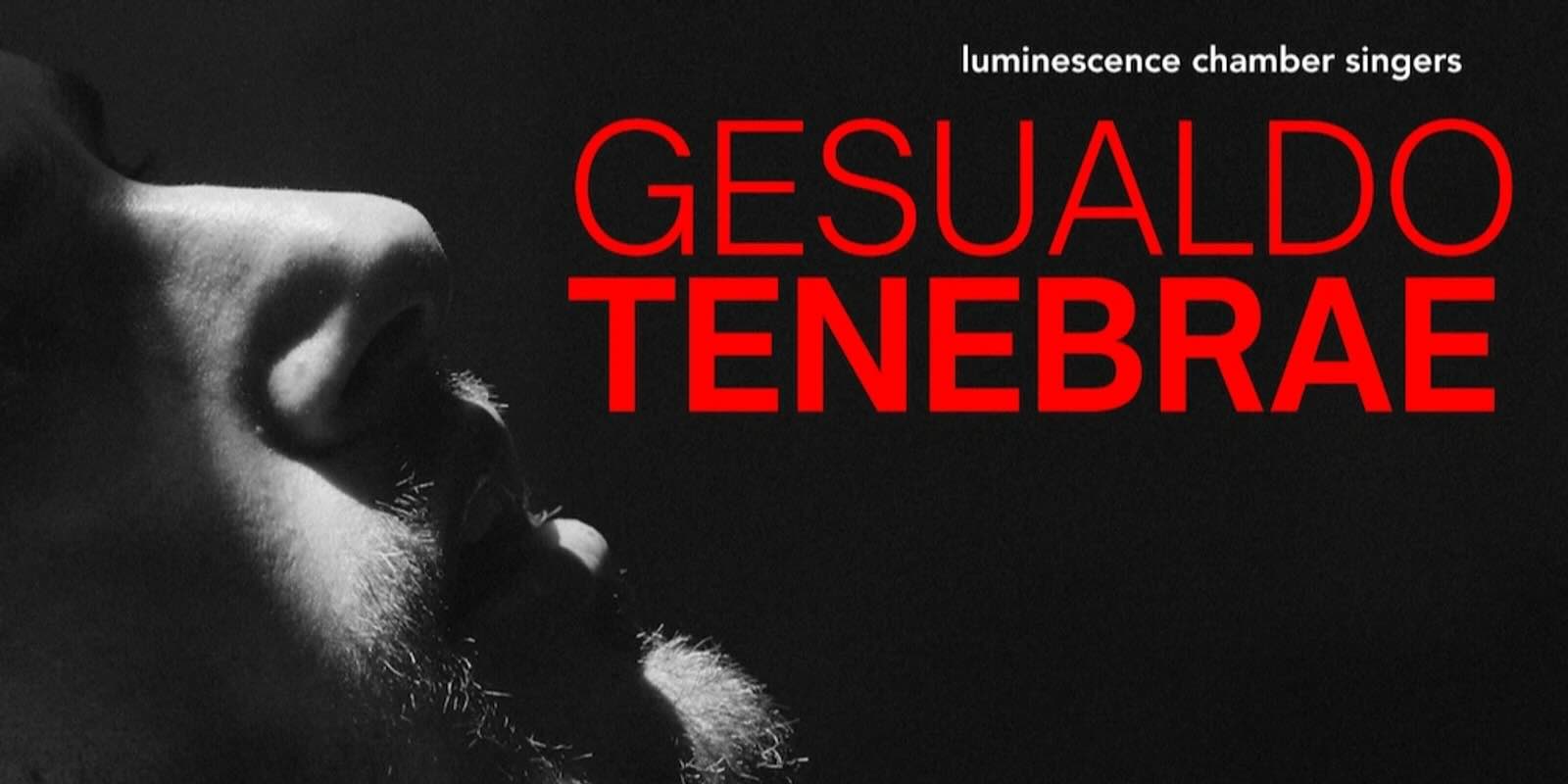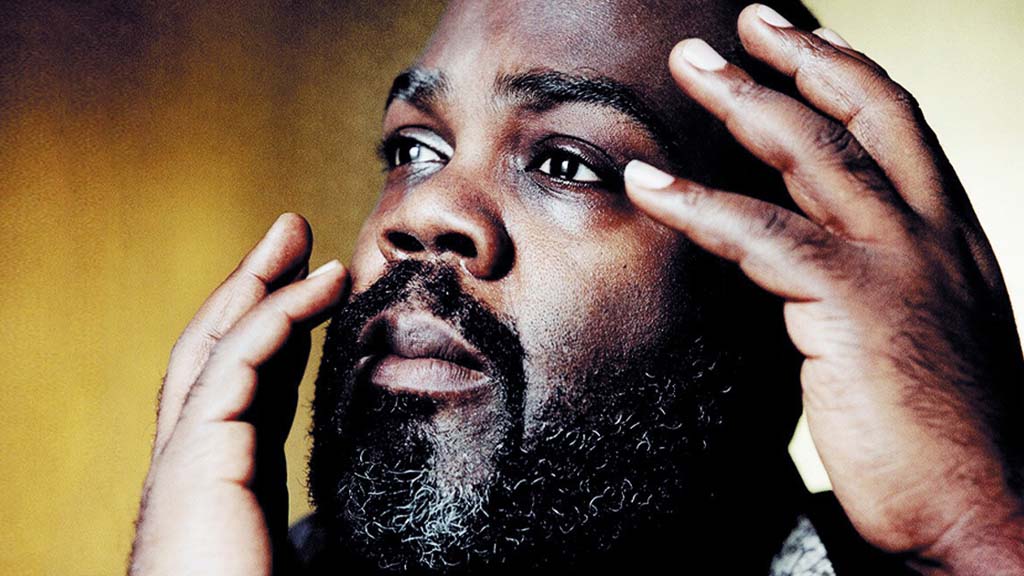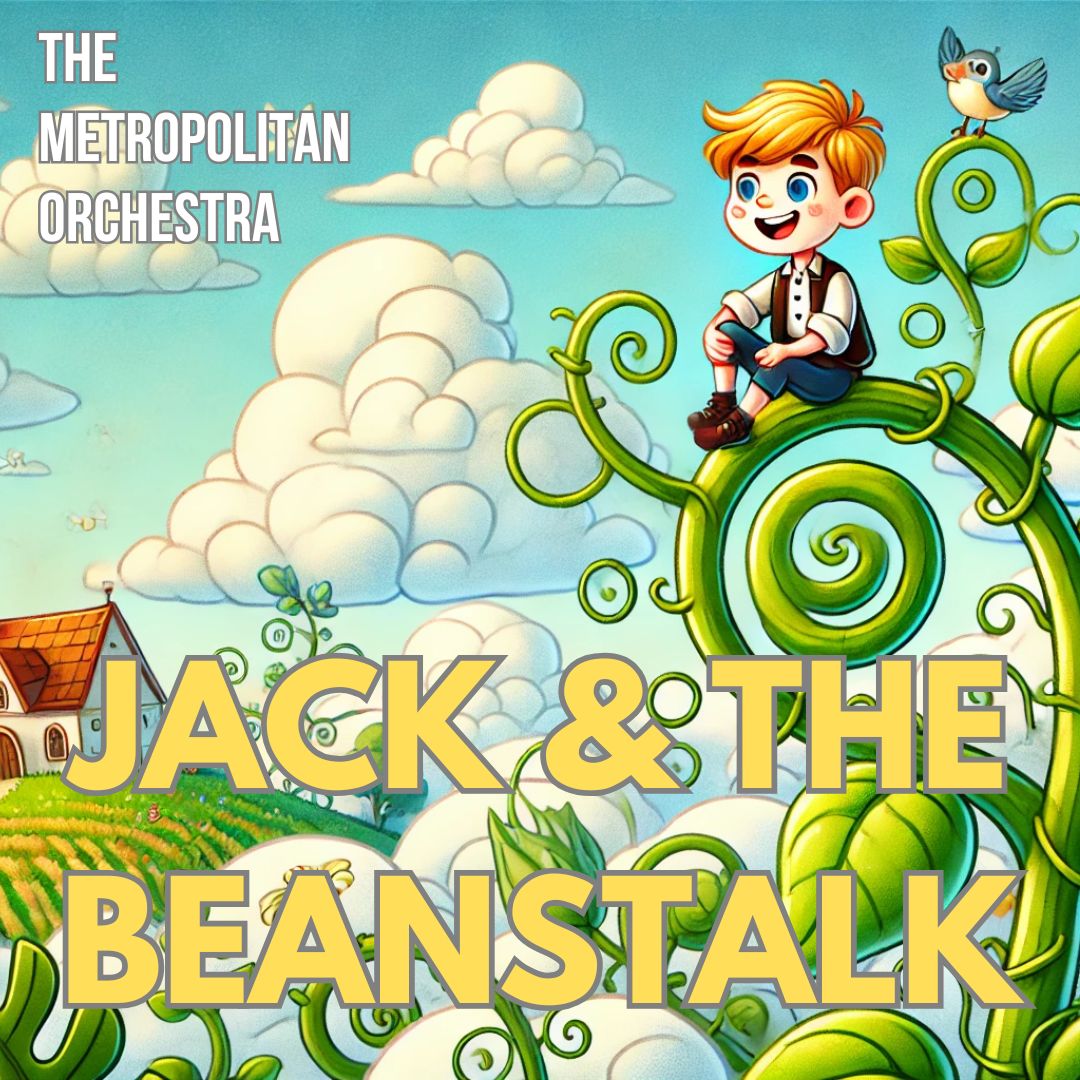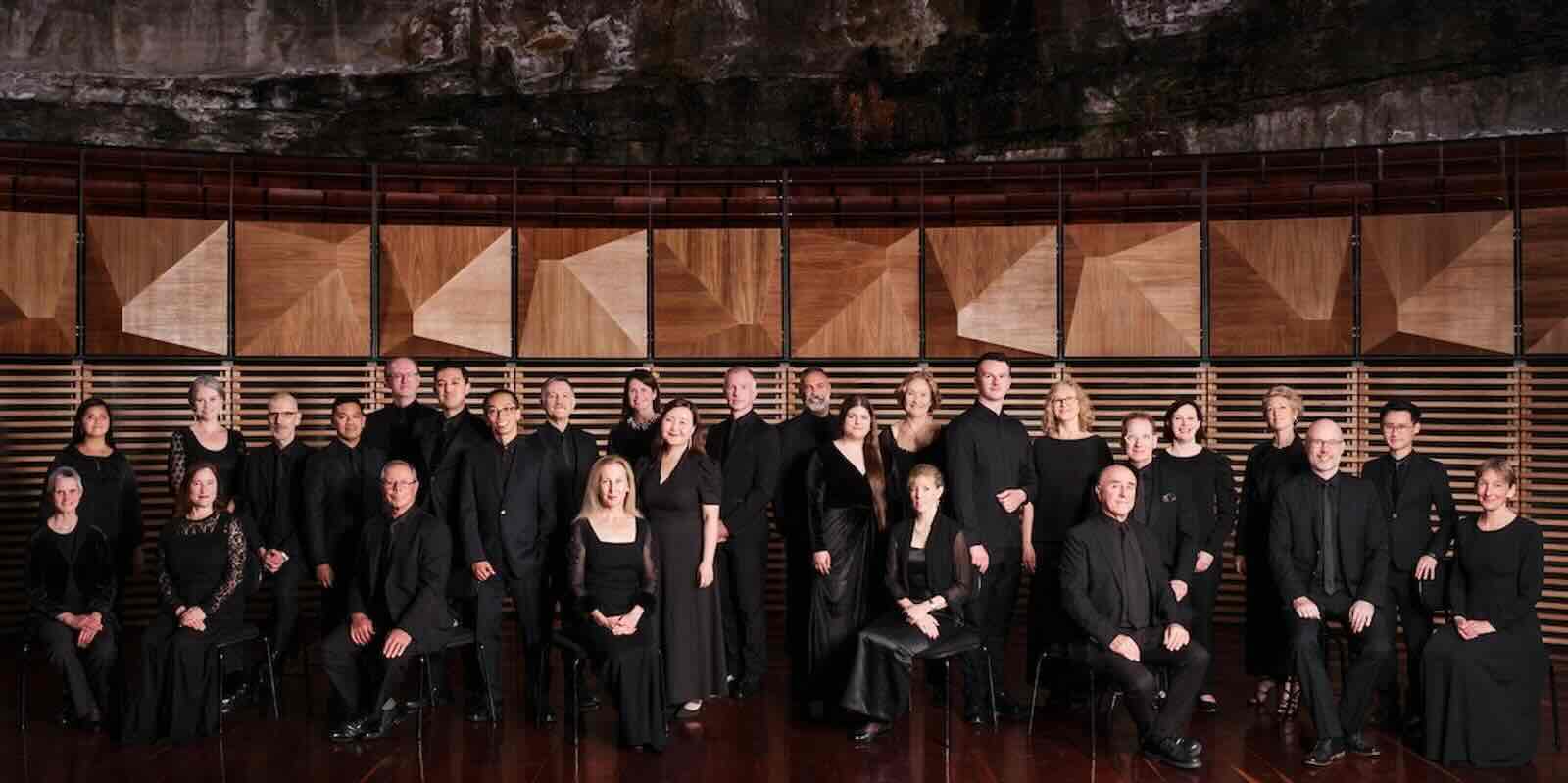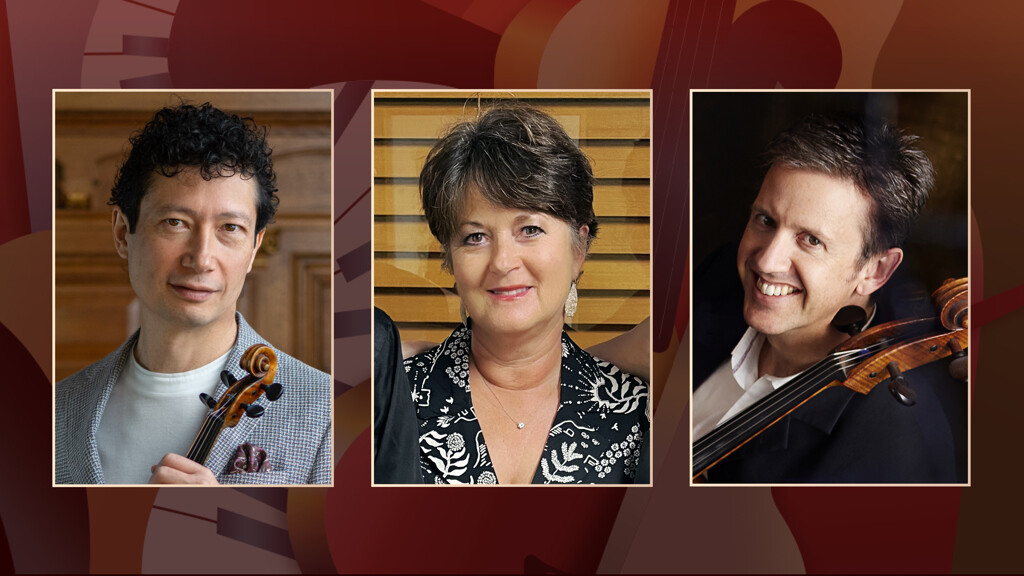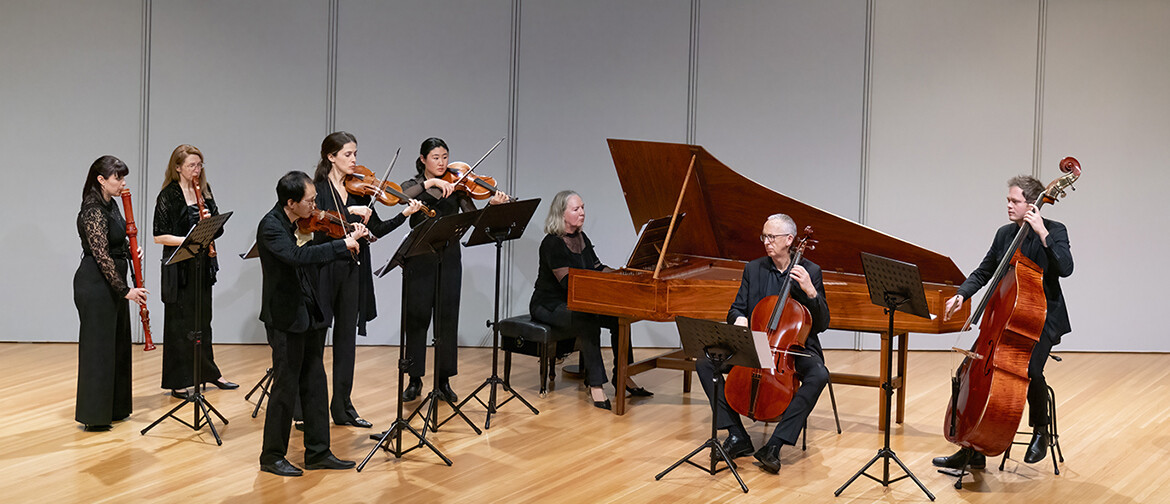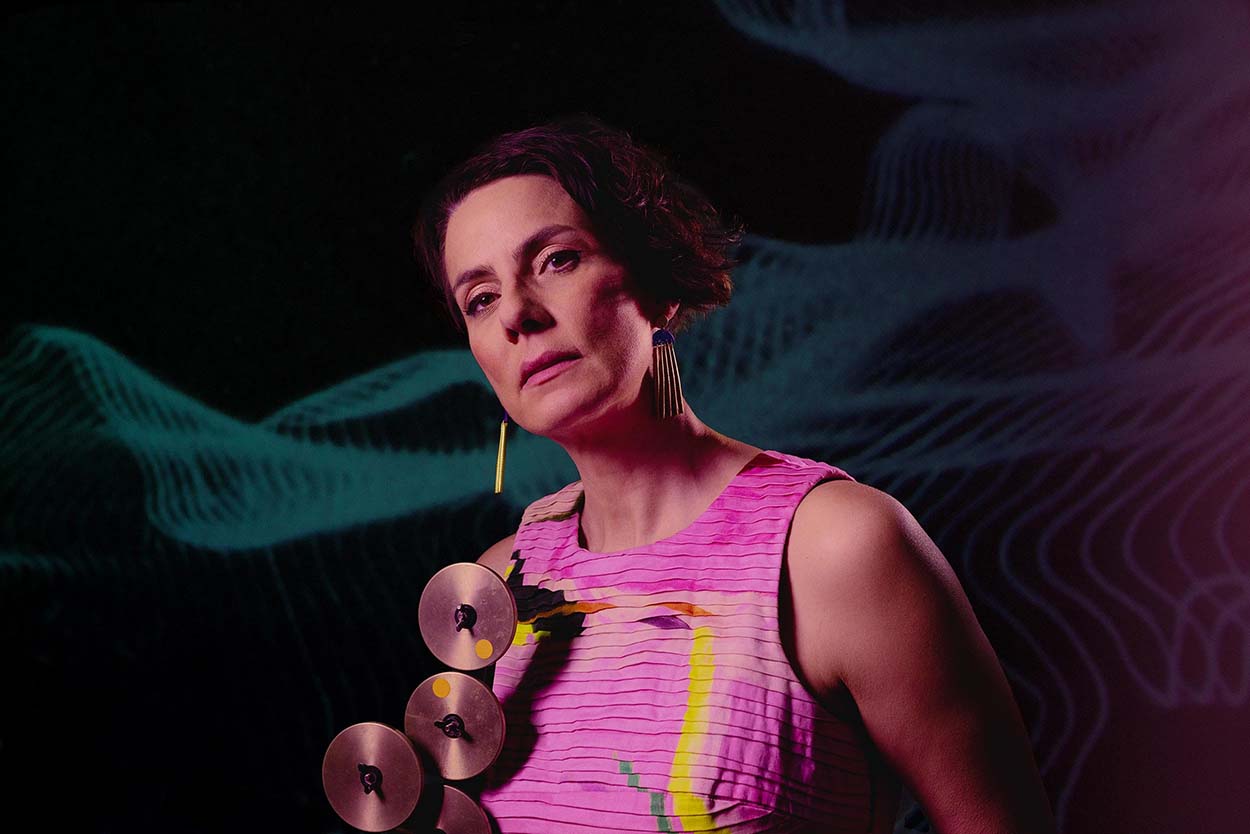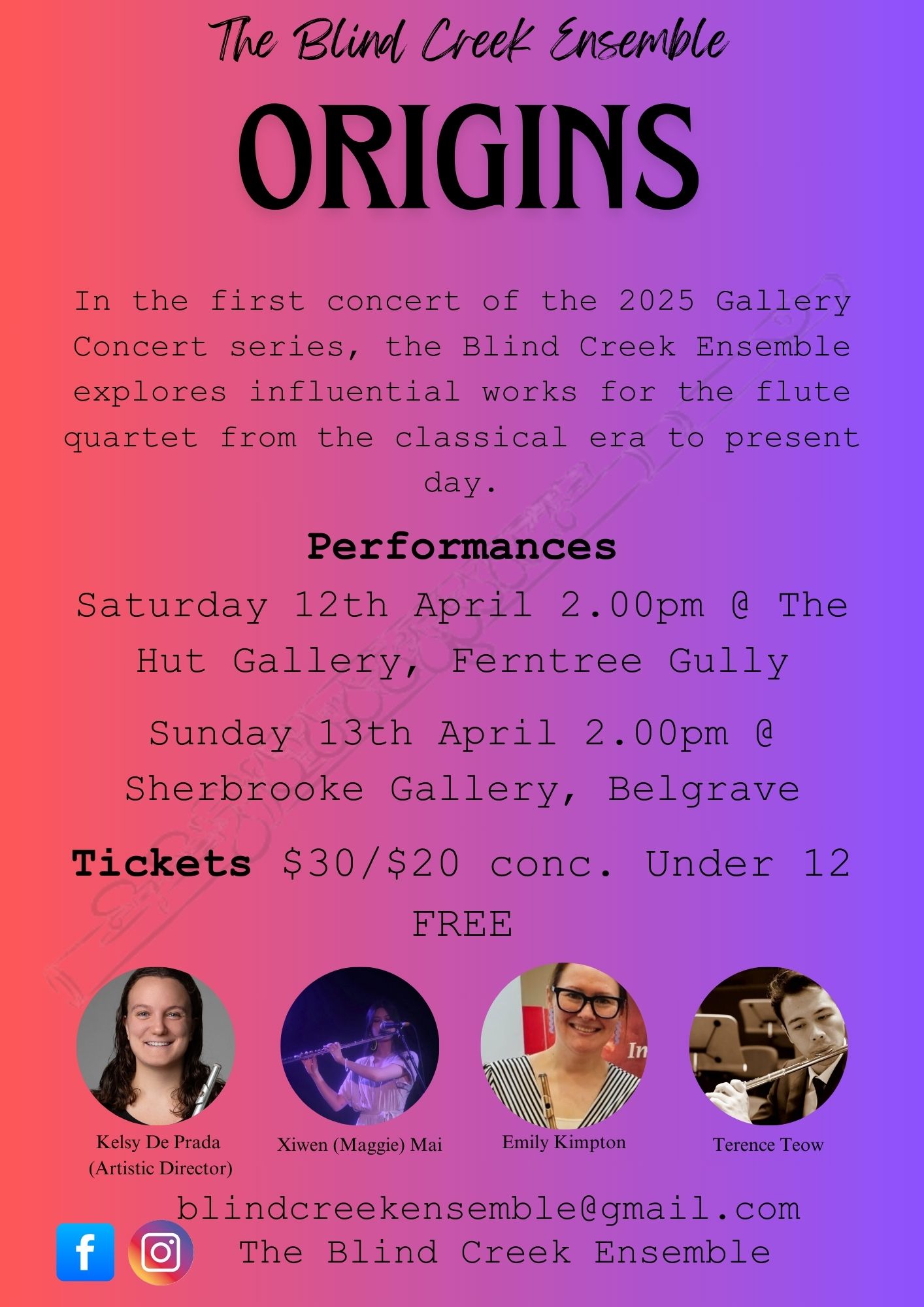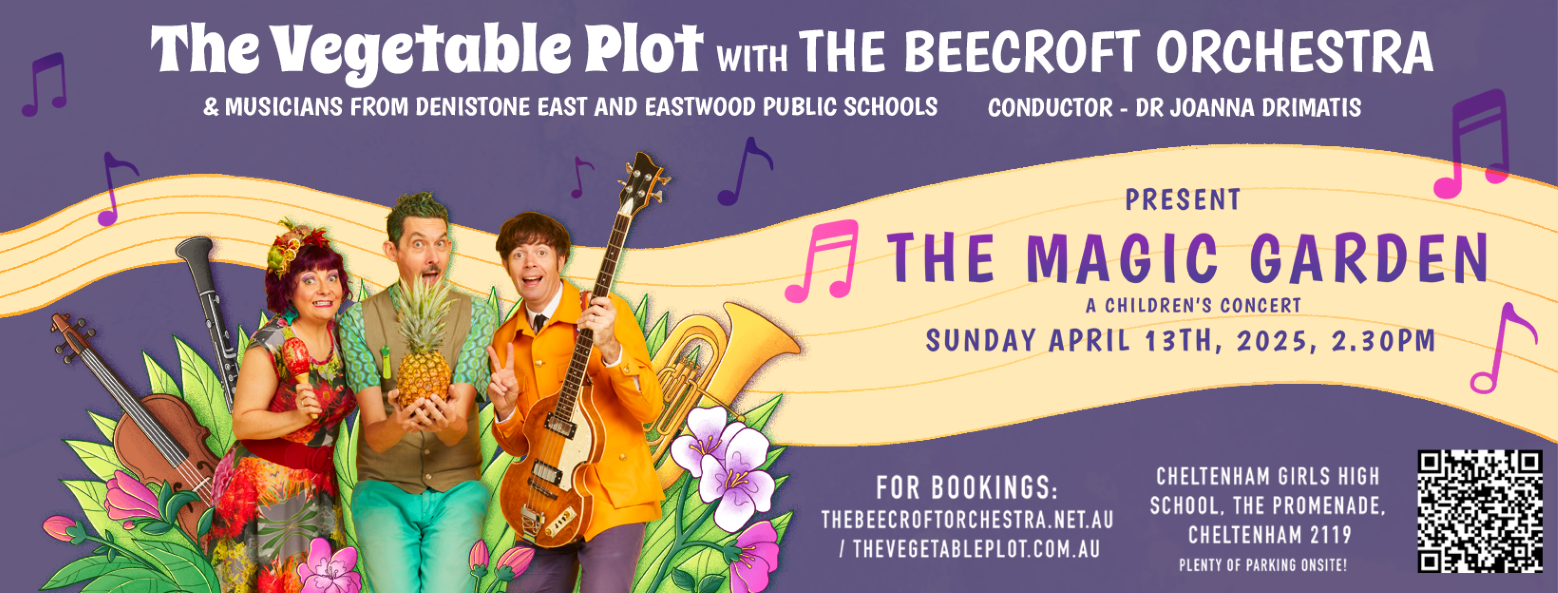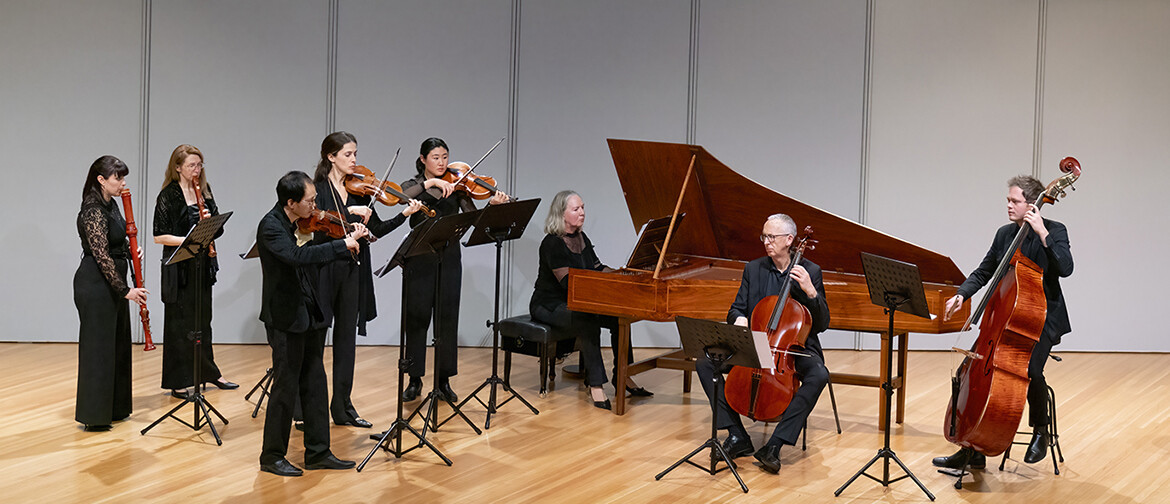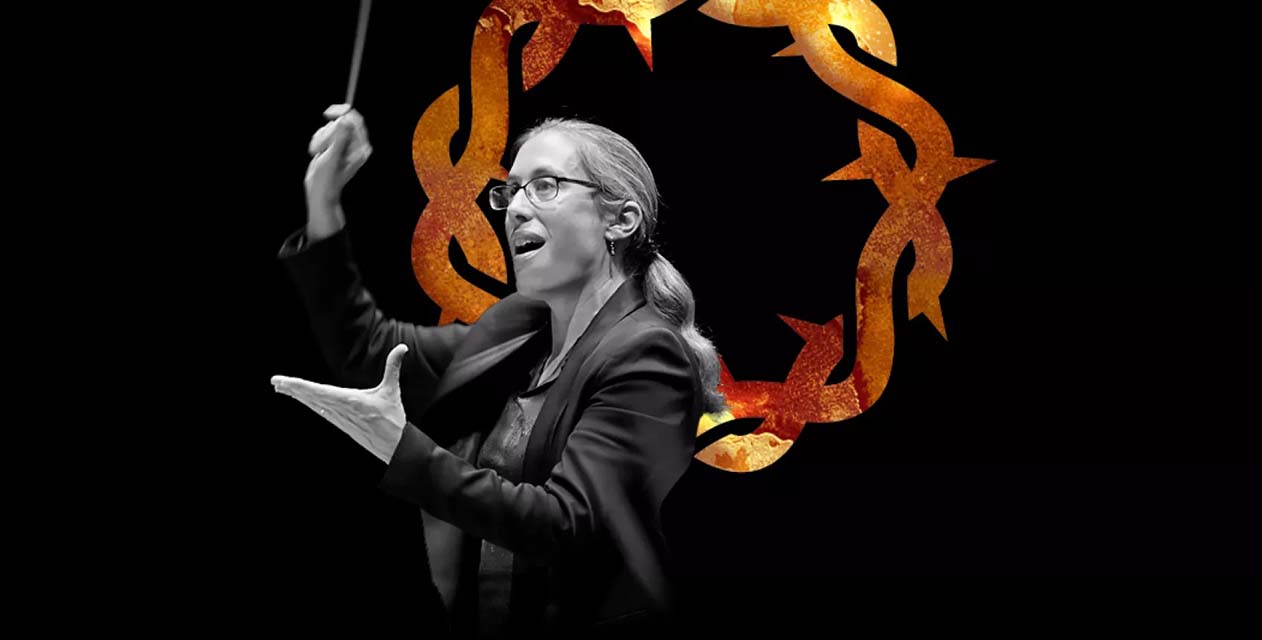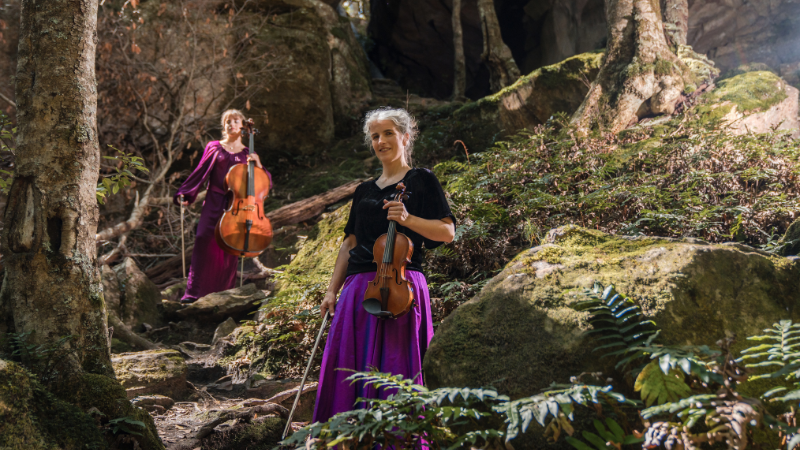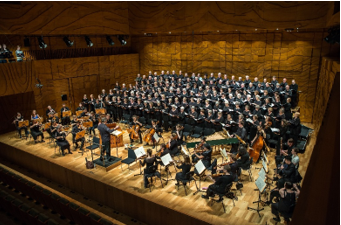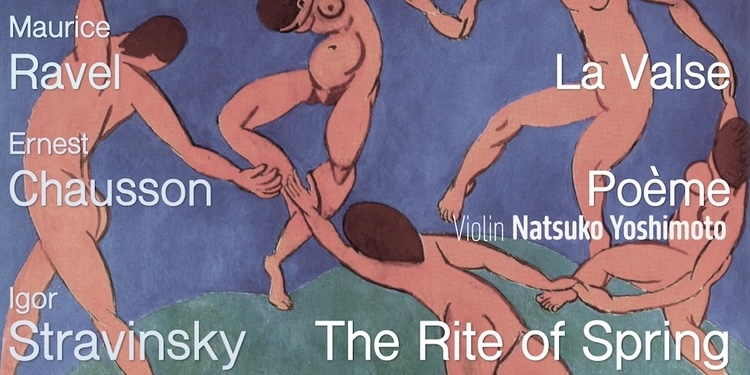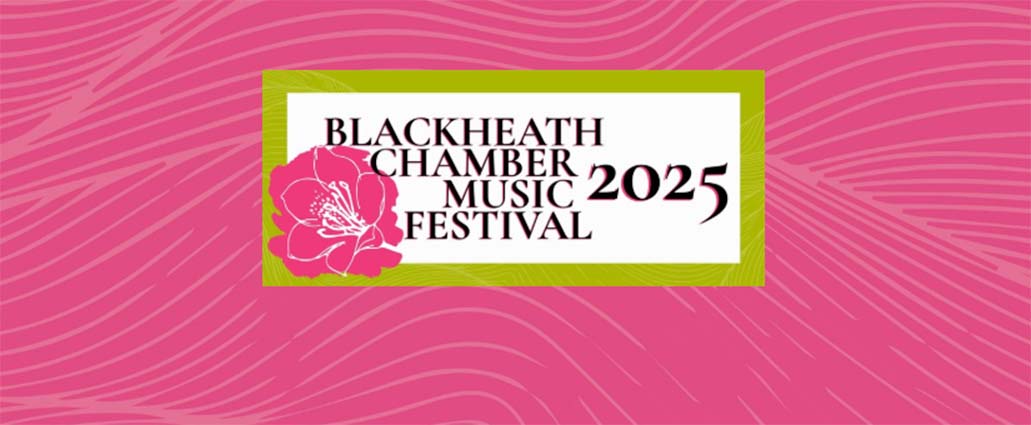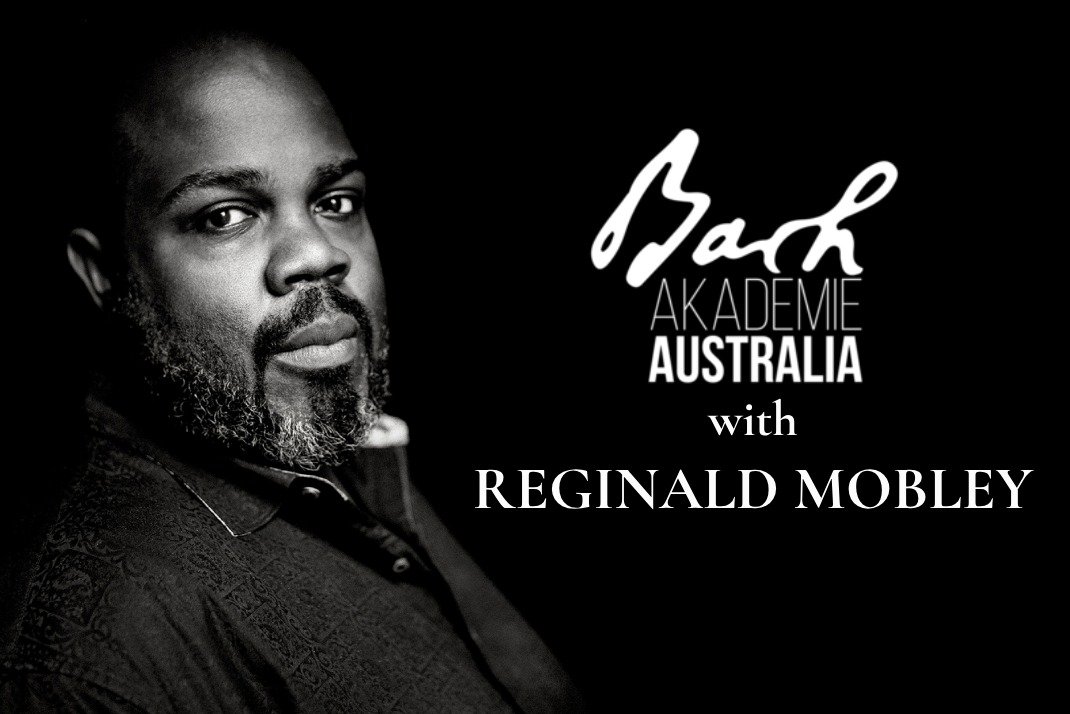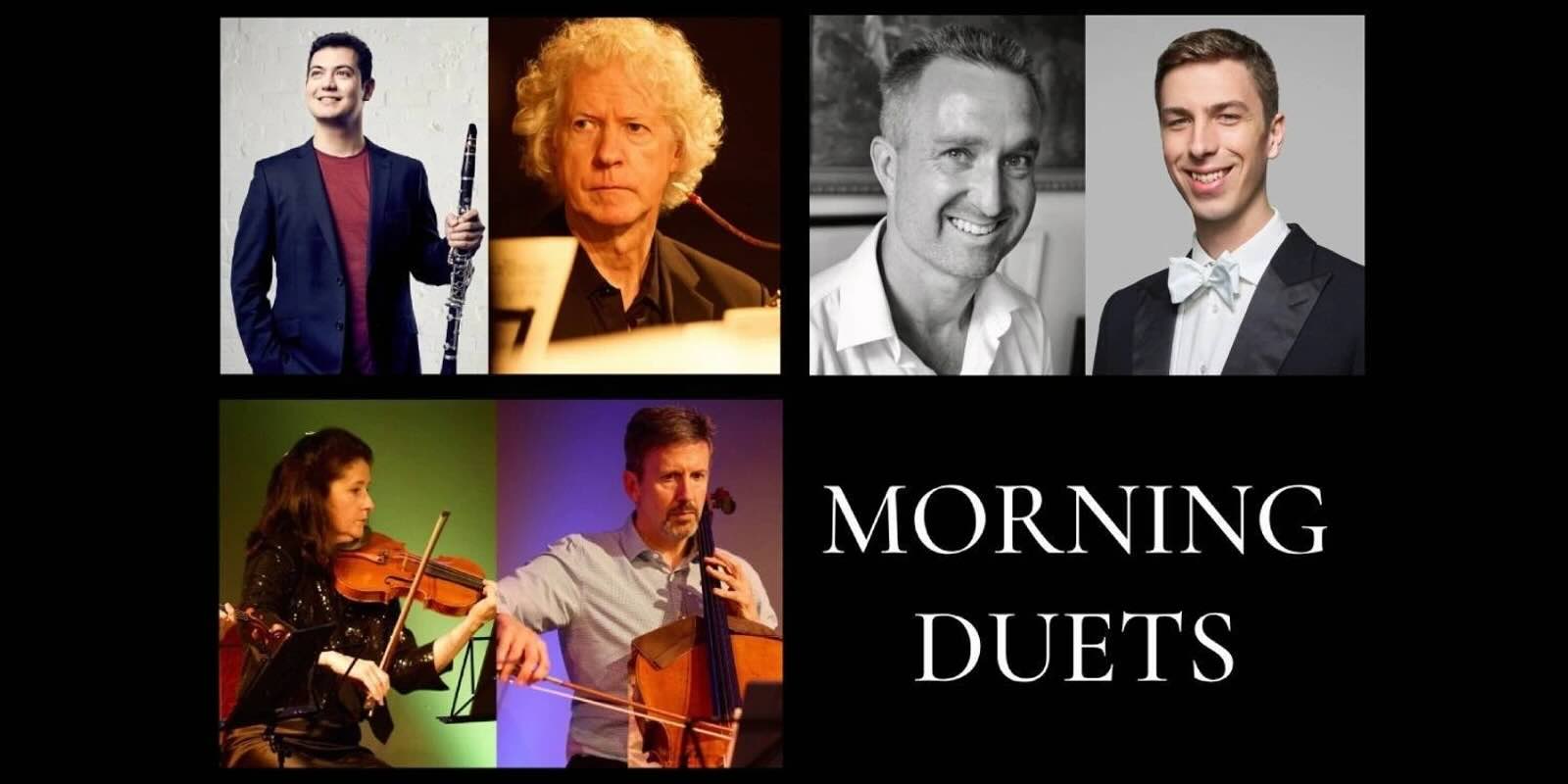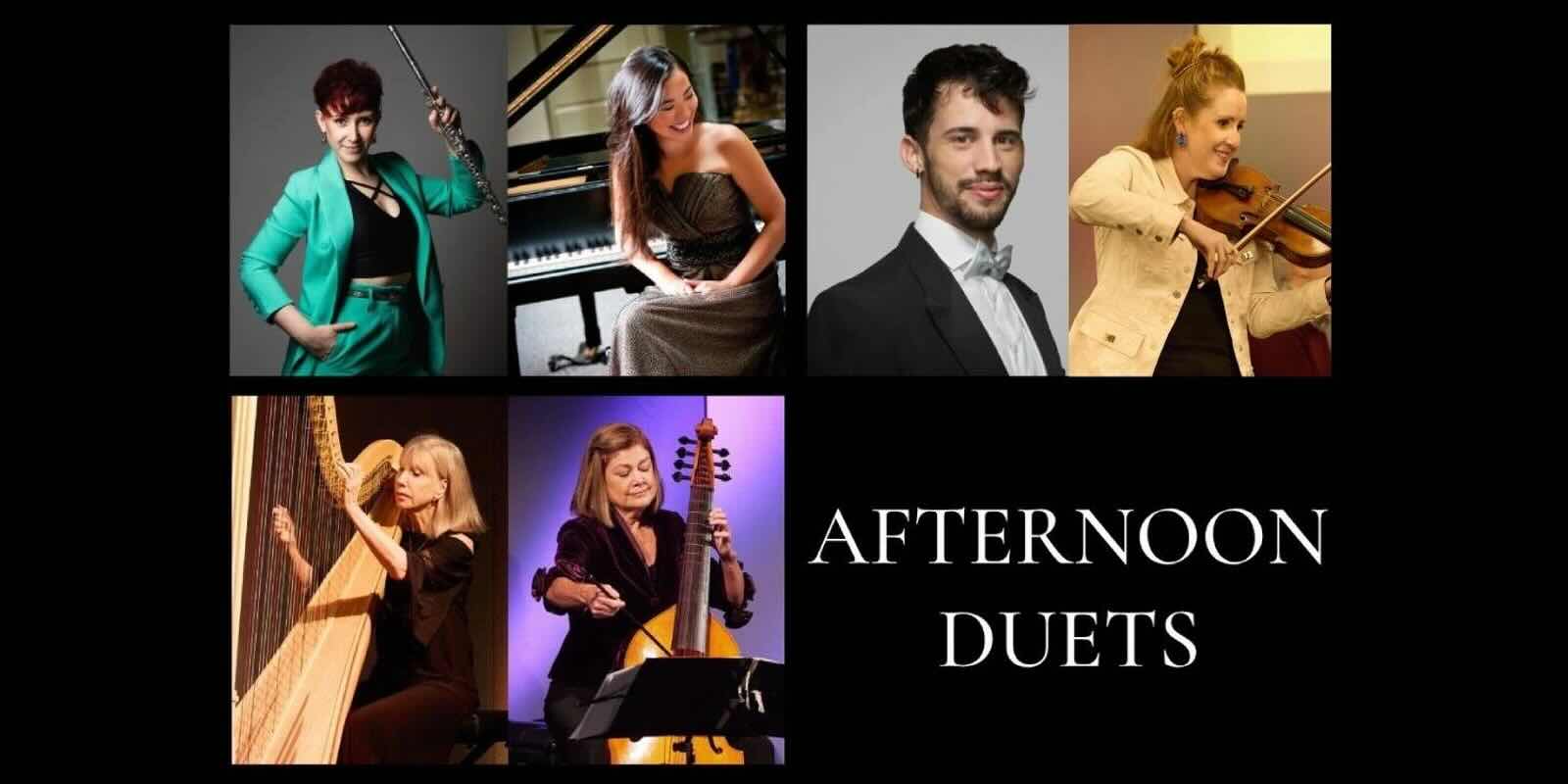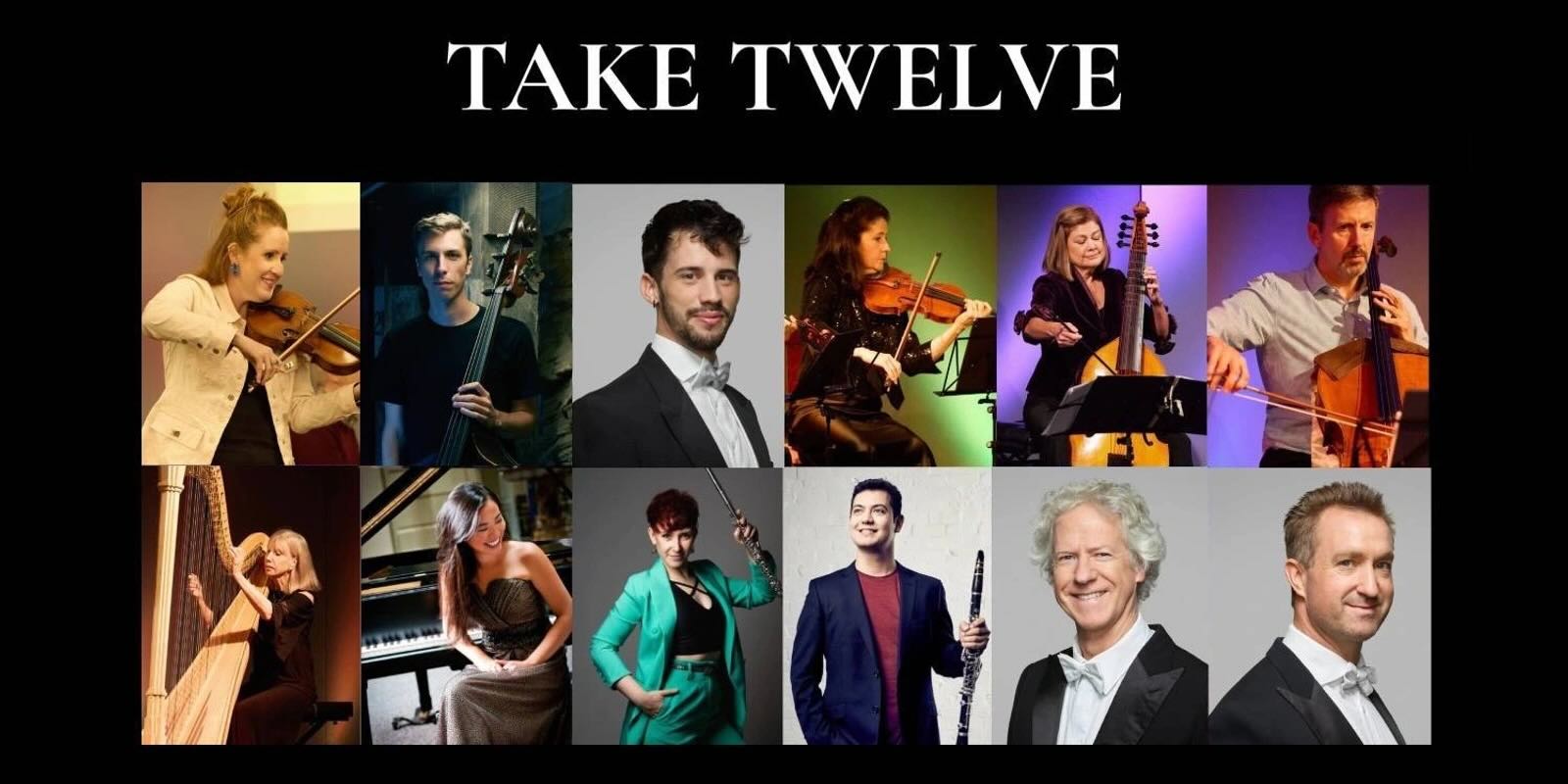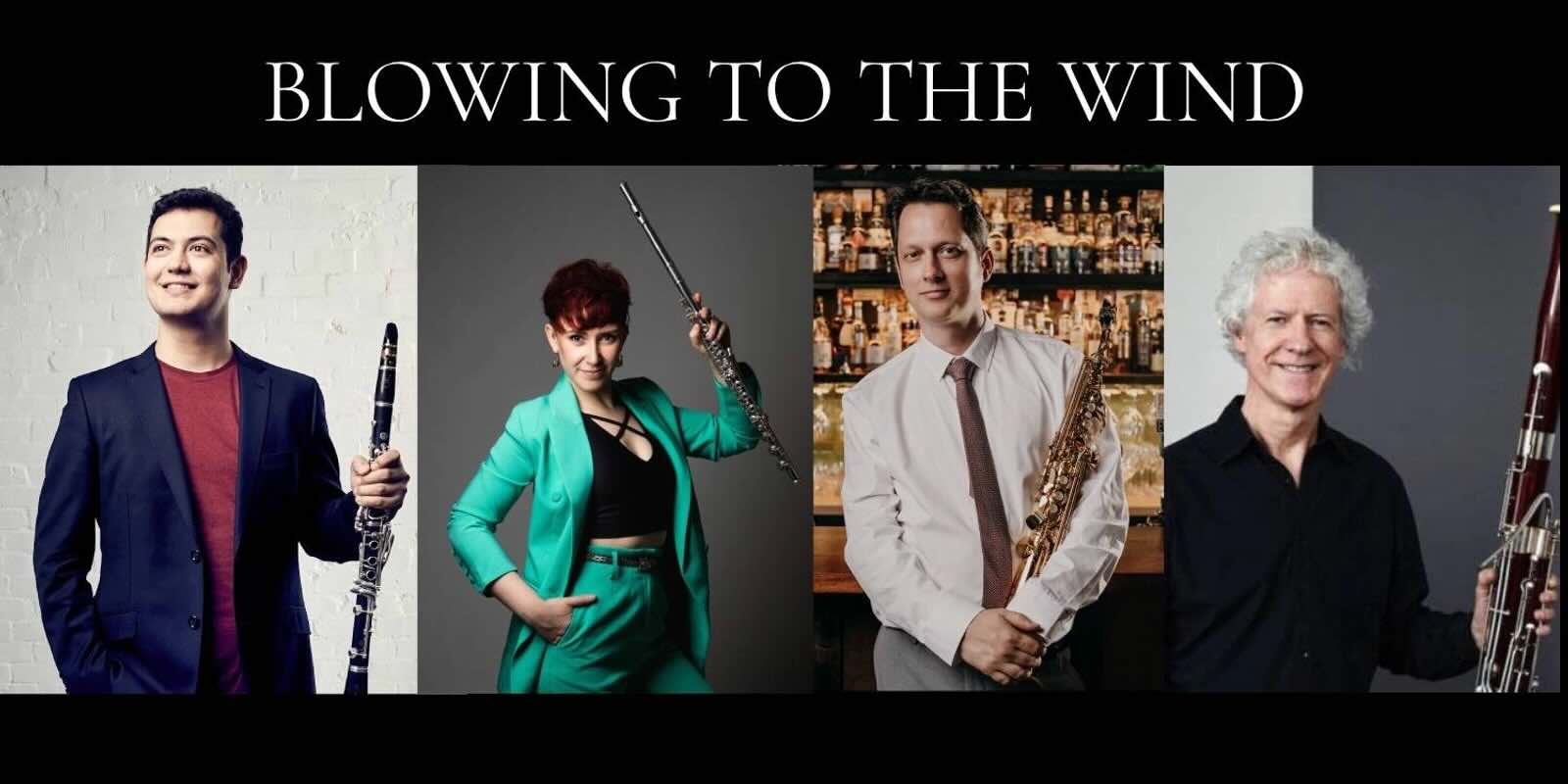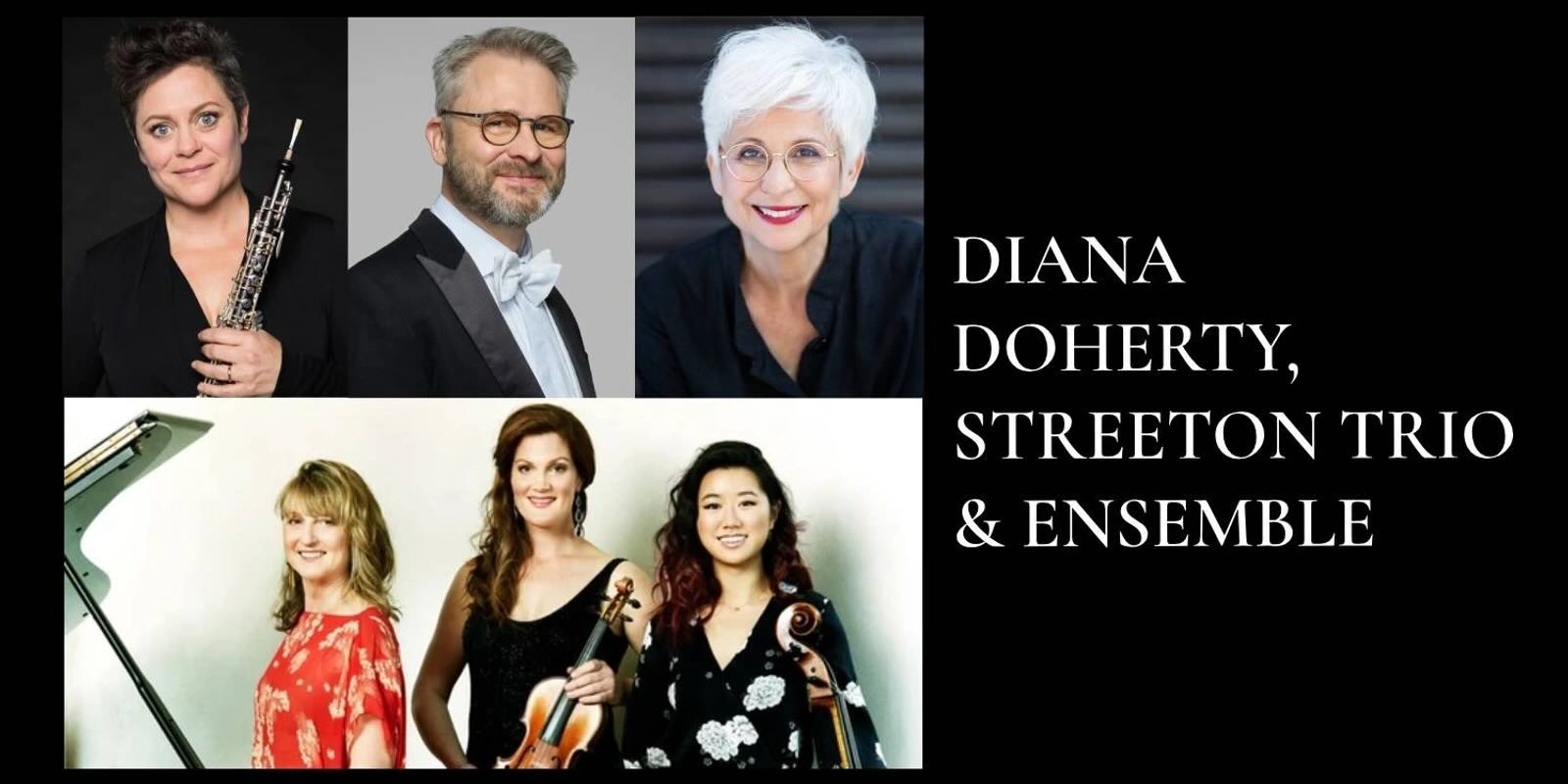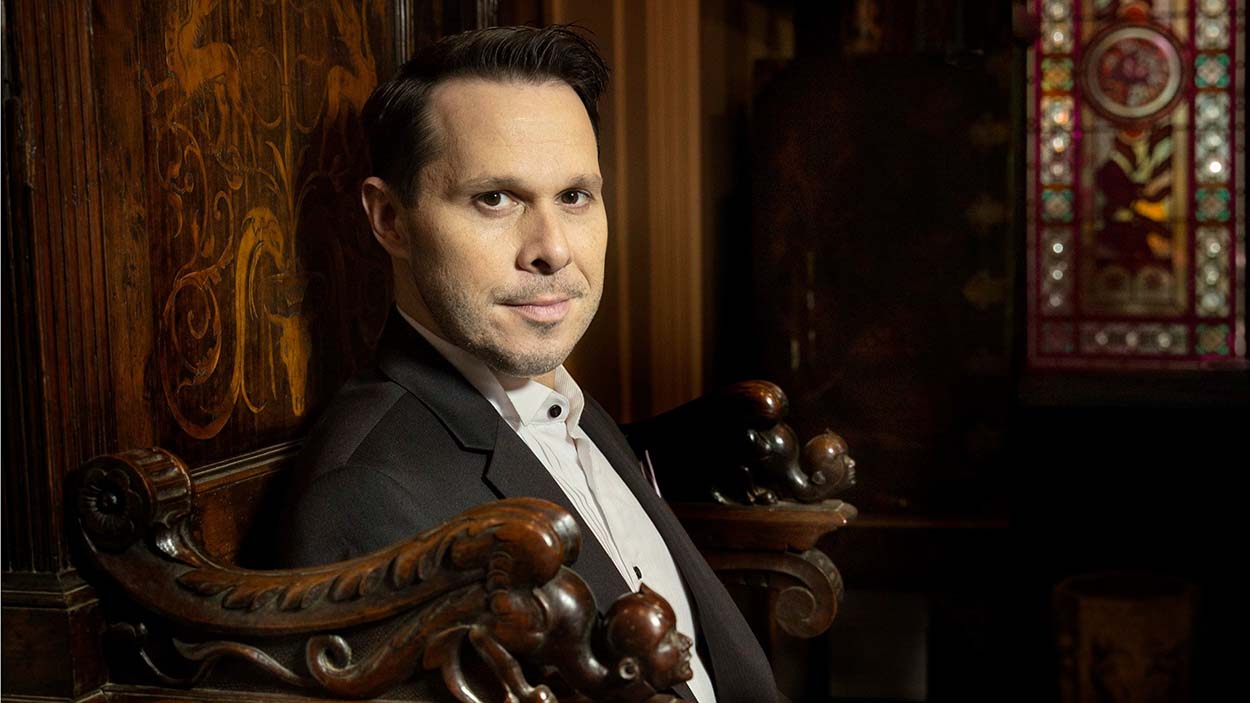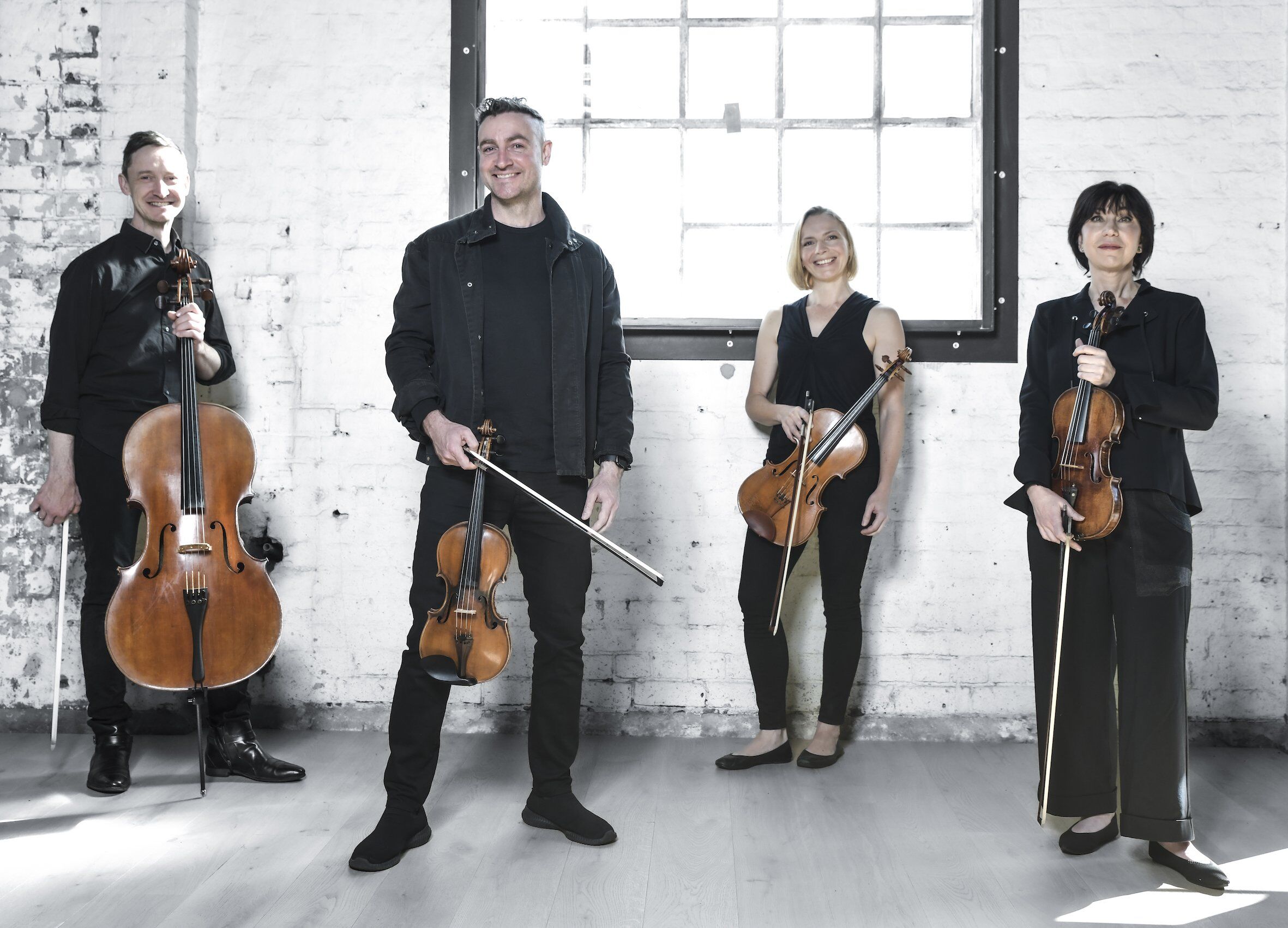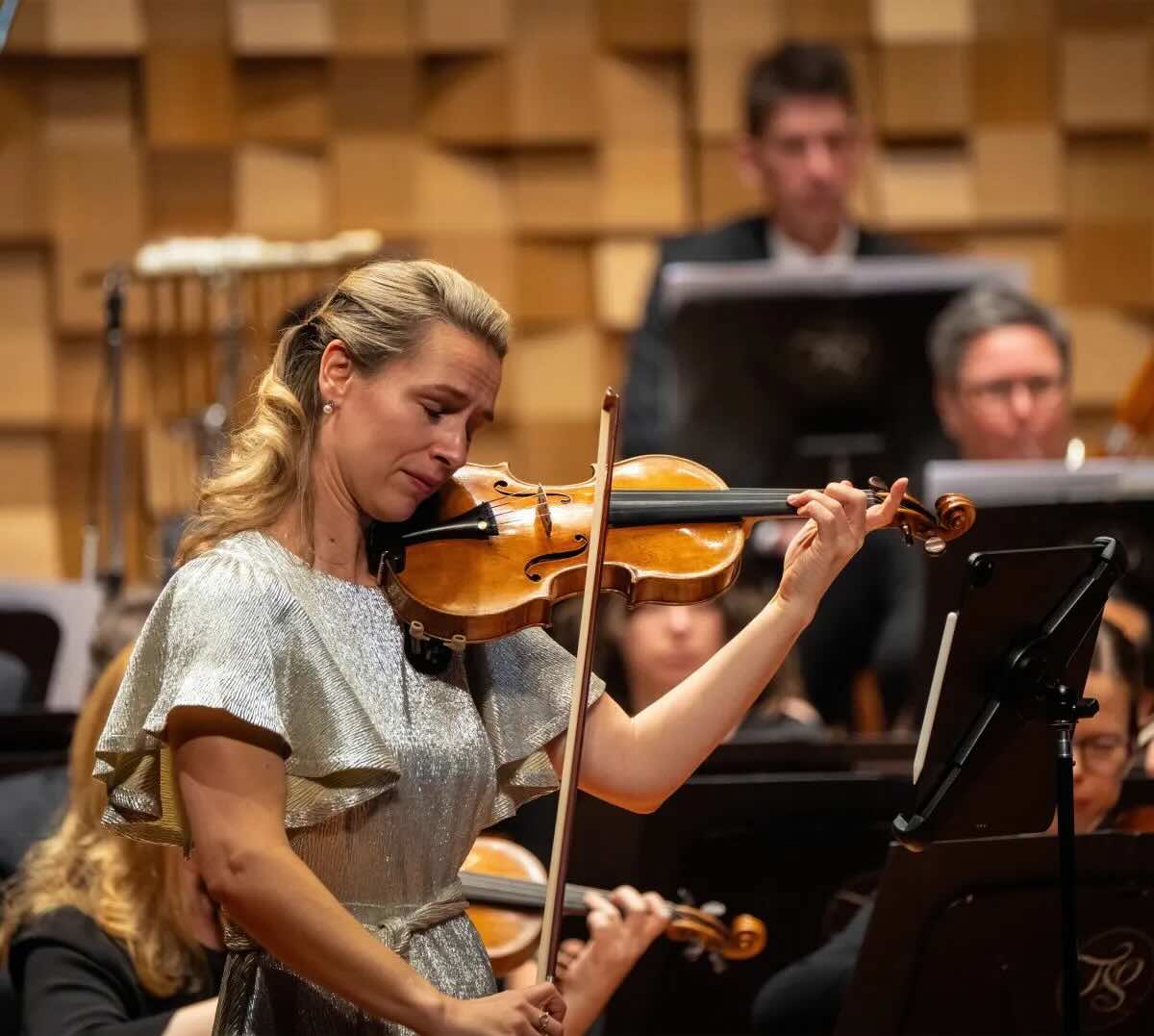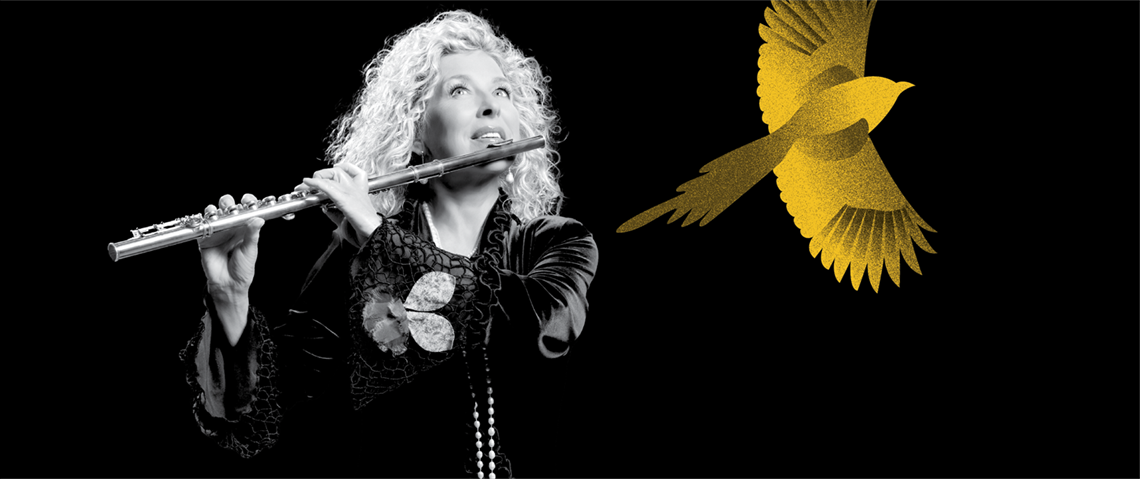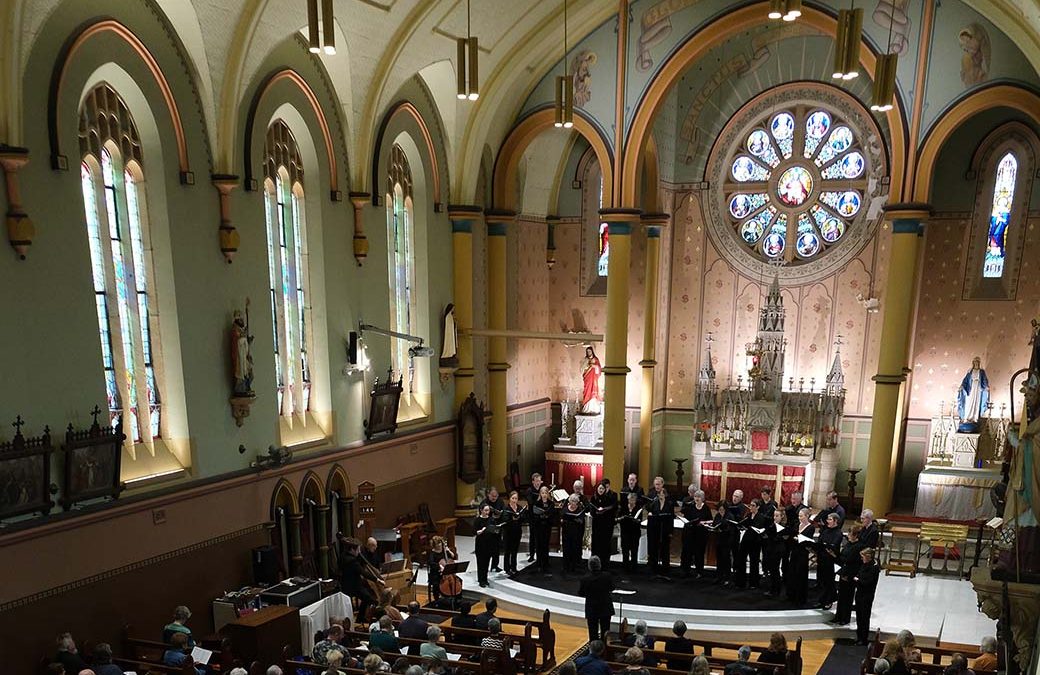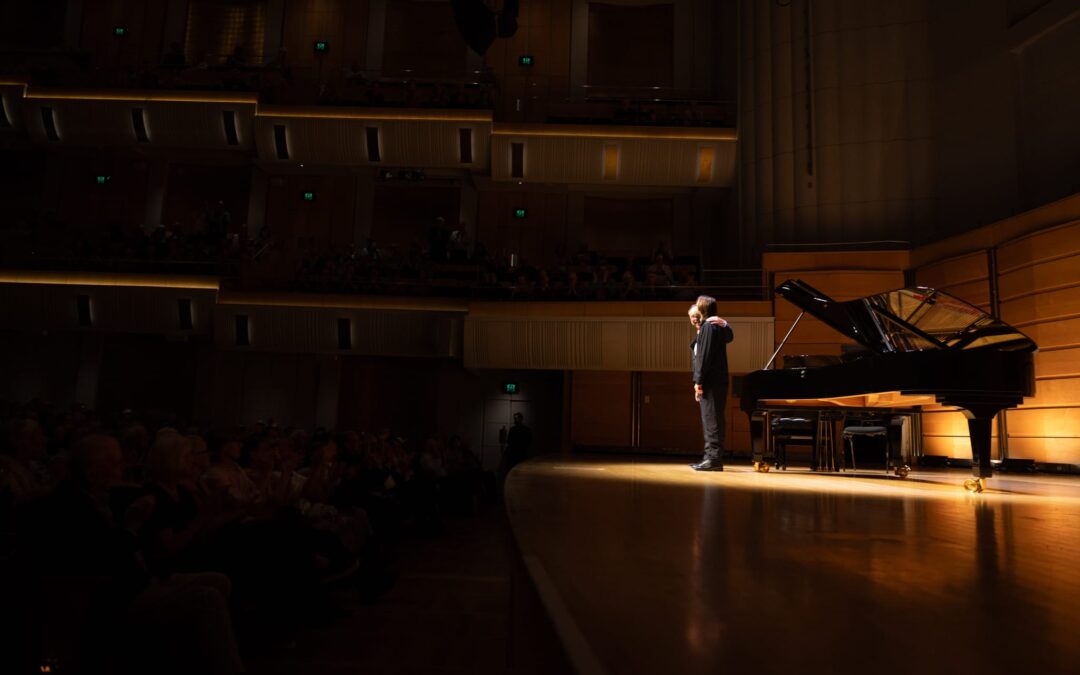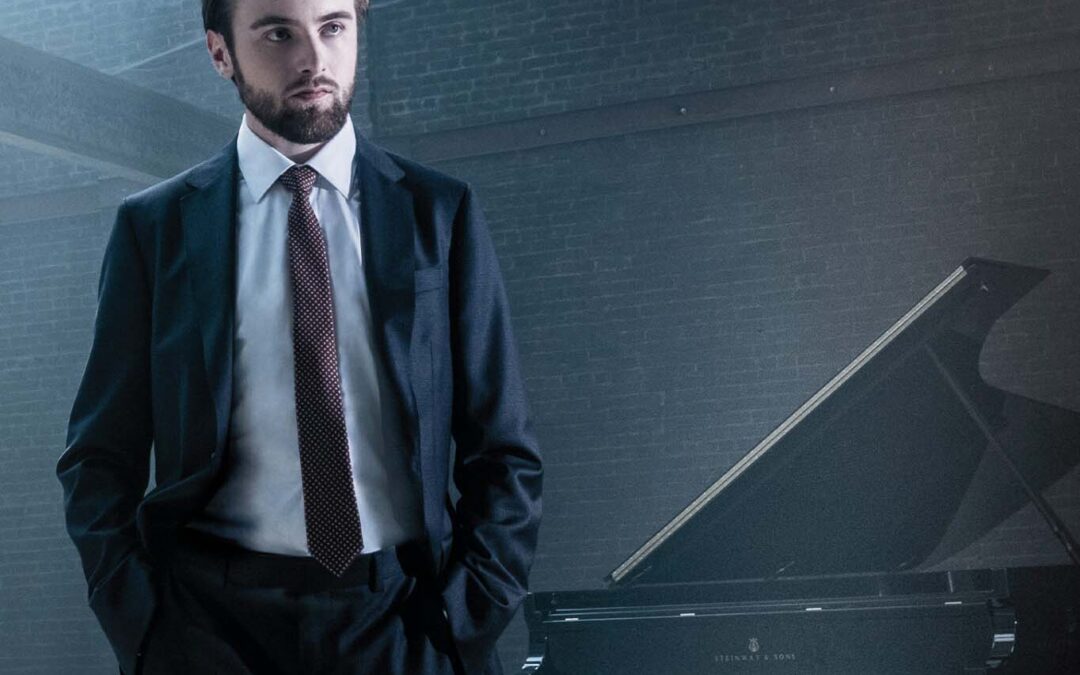What better way to start the VIVID Sydney Festival of Light celebration at The Conservatorium of Music than with Ironwood’s one hour Schubertiade which was, in turn, the start of the historically-informed performance (HIP) ensemble’s 10th Anniversary celebrations in 2016.
In the intimate surrounds of City Recital Hall East, this well-attended concert commenced with the shorter of the two Schubert works. The light and breezy String Trio movement in B-flat major D471 was composed in 1816 when Schubert was just 19 years of age. There was good interplay between the three string players, Anna McMichael (violin), Sascha Bota (viola) and Danny Yeadon (cello), though it was generally a case of the violin playing the main melodic lines and the viola and cello providing harmonic support.
It was certainly a new experience to hear the familiar and much-loved Piano Quintet in A major D667 the Trout played on period instruments. The additions of a replica Conrad Graf Viennese-action grand piano from 1819, the year the piece was composed, and a replica Johann Joseph Stadlmann Viennese 5-stringed fretted bass (or violone) from 1745, to the violin, viola, and cello, all with gut strings and late Classical bows, significantly contributed to the authenticity. As explained by pianist, Neale Peres da Costa, the wooden frame, straight rather than overlaid strings, hammers covered by deer-hide leather, and the 4 pedals with its potential hammer shift down to one rather than three strings produced a softer, transparent, almost veiled sound, one that was well-balanced with the strings compared to the prominence of the pianoforte in performances on modern instruments. This balance was most evident in the third movement Scherzo (Presto) and Trio. The seating arrangement of the strings was slightly different to the norm with, from left to right, the violin, cello, viola, and bass, the latter played by guest, Rob Nairn. The speed seemed somewhat restrained in the second movement Andante.
The fourth and fifth movements reflected the activity and fate of the trout. The Theme (Andantino) and Variations was full of speed variations like a trout darting around in the stream before a human being made its life a misery. The theme played by the violin was at a slower pace and more deliberate than what I have heard previously in various recordings and live performances. The fifth and final movement Allegro giusto provided a finish with a flourish.
Not only does Ironwood play on period instruments, they also use period techniques, such as the strings making judicious use of vibrato but greater use of portamento producing more legato through audible sliding.
I do think historical performance practice is to be encouraged and HIP concerts provided by Ironwood can be a revelation for those seeking a more authentic sound.


